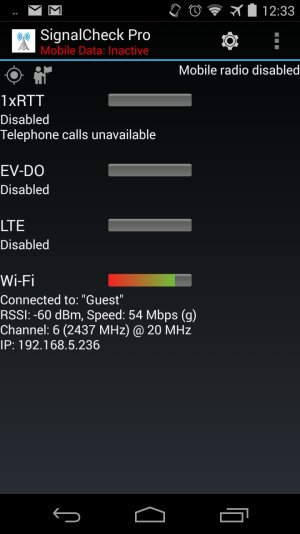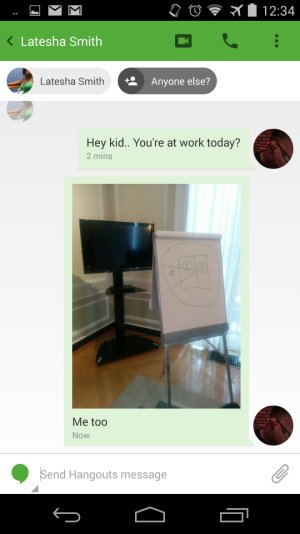att / Verizon haven't quite caved by a longshot; the division of spectrum frequencies used by every carrier still hinders phones from being universal, not even talking about the rest of the world, just here in the US alone!
top that off, right now the game is data metered by the MB, verses devices sold to us subscribers as *phones* when their much more than so,
I even wish they stop calling them phones, these devices are way too data eccentric, & depended on data, than voice.. - that's no phone..
aat / Verizon WANTS to squeeze every ounce of life from subs that they can, by charging metered data, & not even offer it at full rate if they can get away with it;
did you know, that att/Verizon wanted the fcc to keep the definition of broadband at 4mbps, instead of 10mbps?
**this is on wireline, thus even lowering the bar on wireless** -
AT&T and Verizon say 10Mbps is too fast for “broadband,” 4Mbps is enough | Ars Technica
the fcc later told them to put the weed away -
Sorry, AT&T and Verizon: 4Mbps isn’t fast enough for “broadband” | Ars Technica
**I'm not changing the topic, just putting my point into perspective in relation to the topic of thread, that it basically political BS** that we need to purchase newer handsets for this ability.. no we don't..
my point in the prior post that the providers not wanting an
lte network to rule them all would be end game for them (well the exploiters) also, since EVERYTHING would be data including voice, with devices (no longer phones. let's get real) on outdated plans with anemic data tiers, that starve these devices out, wtf is 2-3GB on our devices today?
if nothing but world phones operating seamlessly on lte, would be placed in subs hands, it would place these wireless carriers (here in the US under common carrier status), & they definitely don't want that -
Nobody's Neutral In Net Neutrality Debate - Slashdot
&
AT&T claims common carrier rules would ruin the whole Internet | Ars Technica
if they had common carrier status today, do you know how that would empower all mobile subscribers?
[/B]
.....
~EDIT~
let's wait for it -
P.S.: Crush telecoms.
Nothing annoys platform companies like having to go through other platforms. If you think you’re mad at telecoms and cable companies, that hate is a mere fraction of what Google execs feel toward them. Between Netflix paying off Comcast and Verizon to get a faster video network pipe, broadband providers’ archaic infrastructure and poor customer service, and dealing with near-weekly idiocies like Verizon’s Chromebook data plan screw-up, you can be sure that Google sees Verizon, Comcast, and the rest as gazelles in desperate need of euthanasia. Google would love to go all Hachette on Time Warner’s ****, and Google’s huge move into fiber networks, satellites, wind turbines, and balloons is intended to contribute to the gazelle-ification of a bunch of telecoms no one likes. You can’t build a platform on top of ancient deadwood. Having built one platform beachhead in advertising and planning out several more platforms in new markets, there is one bit of cleanup that remains for the master plan to be complete: Grind the old platforms—the ones leeching off your success—into dust.
Google’s master plan: Turn everything into data.



